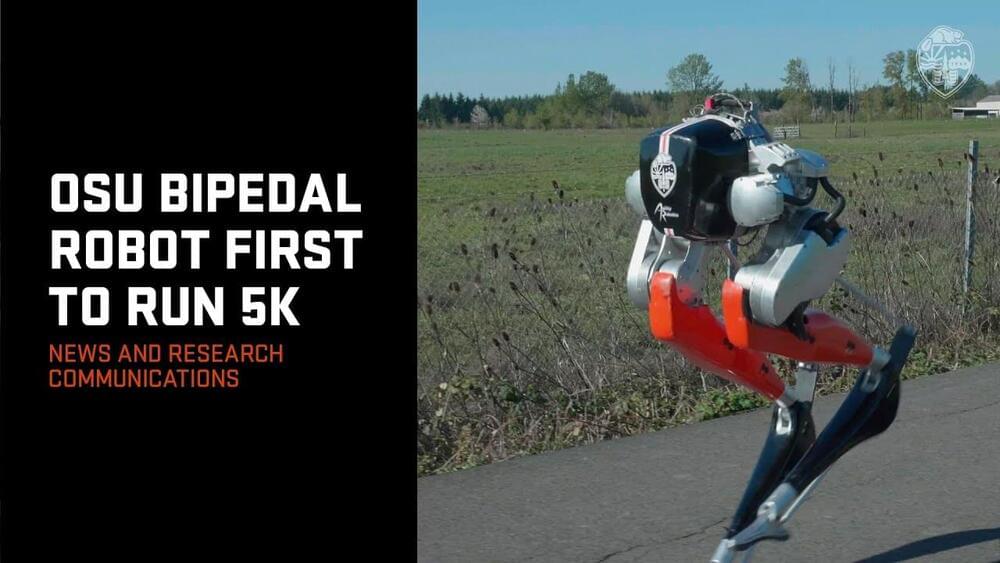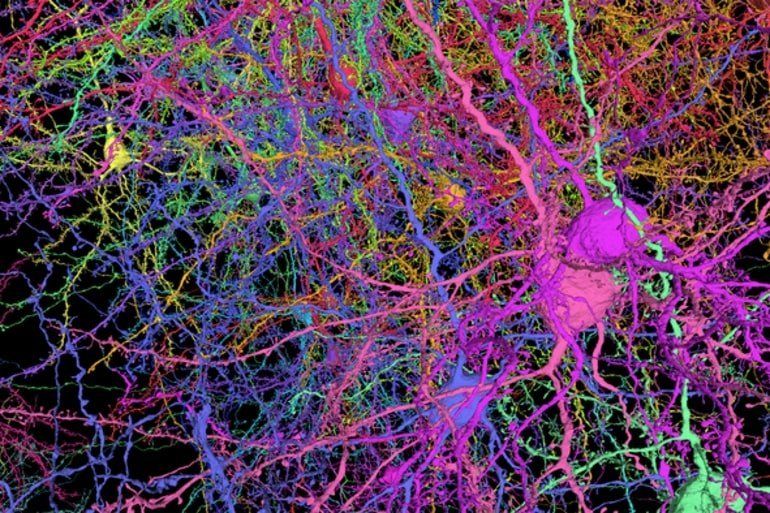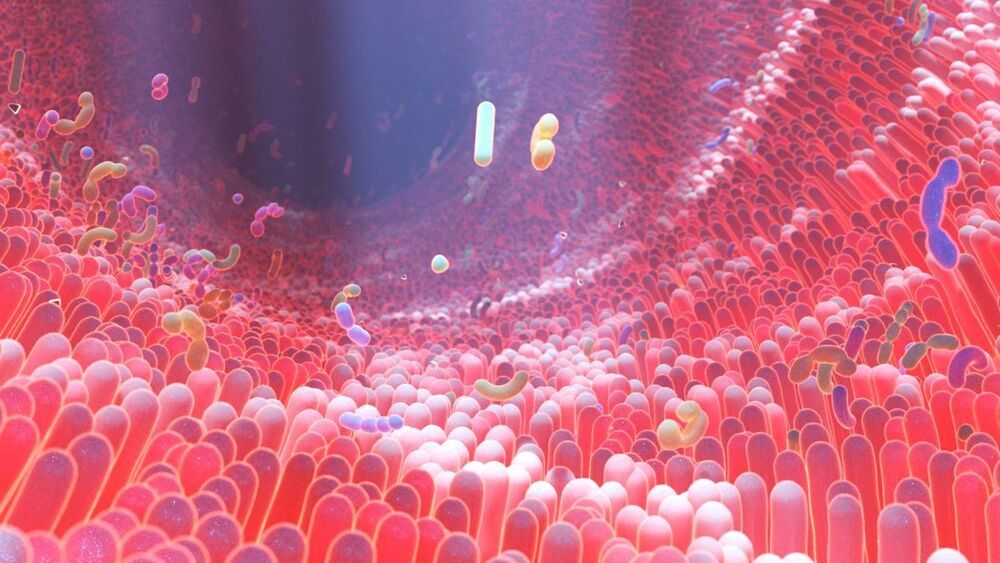Granted, it’s a little different for a robot, since they don’t have lungs or a heart. But they do have a “brain” (software), “muscles” (hardware), and “fuel” (a battery), and these all had to work together for Cassie to be able to run.
The brunt of the work fell to the brain—in this case, a machine learning algorithm developed by students at Oregon State University’s Dynamic Robotics Laboratory. Specifically, they used deep reinforcement learning, a method that mimics the way humans learn from experience by using a trial-and-error process guided by feedback and rewards. Over many repetitions, the algorithm uses this process to learn how to accomplish a set task. In this case, since it was trying to learn to run, it may have tried moving the robot’s legs varying distances or at distinct angles while keeping it upright.
Once Cassie got a good gait down, completing the 5K was as much a matter of battery life as running prowess. The robot covered the whole distance (a course circling around the university campus) on a single battery charge in just over 53 minutes, but that did include six and a half minutes of troubleshooting; the computer had to be reset after it overheated, as well as after Cassie fell during a high-speed turn. But hey, an overheated computer getting reset isn’t so different from a human runner pausing to douse their head and face with a cup of water to cool off, or chug some water to rehydrate.









